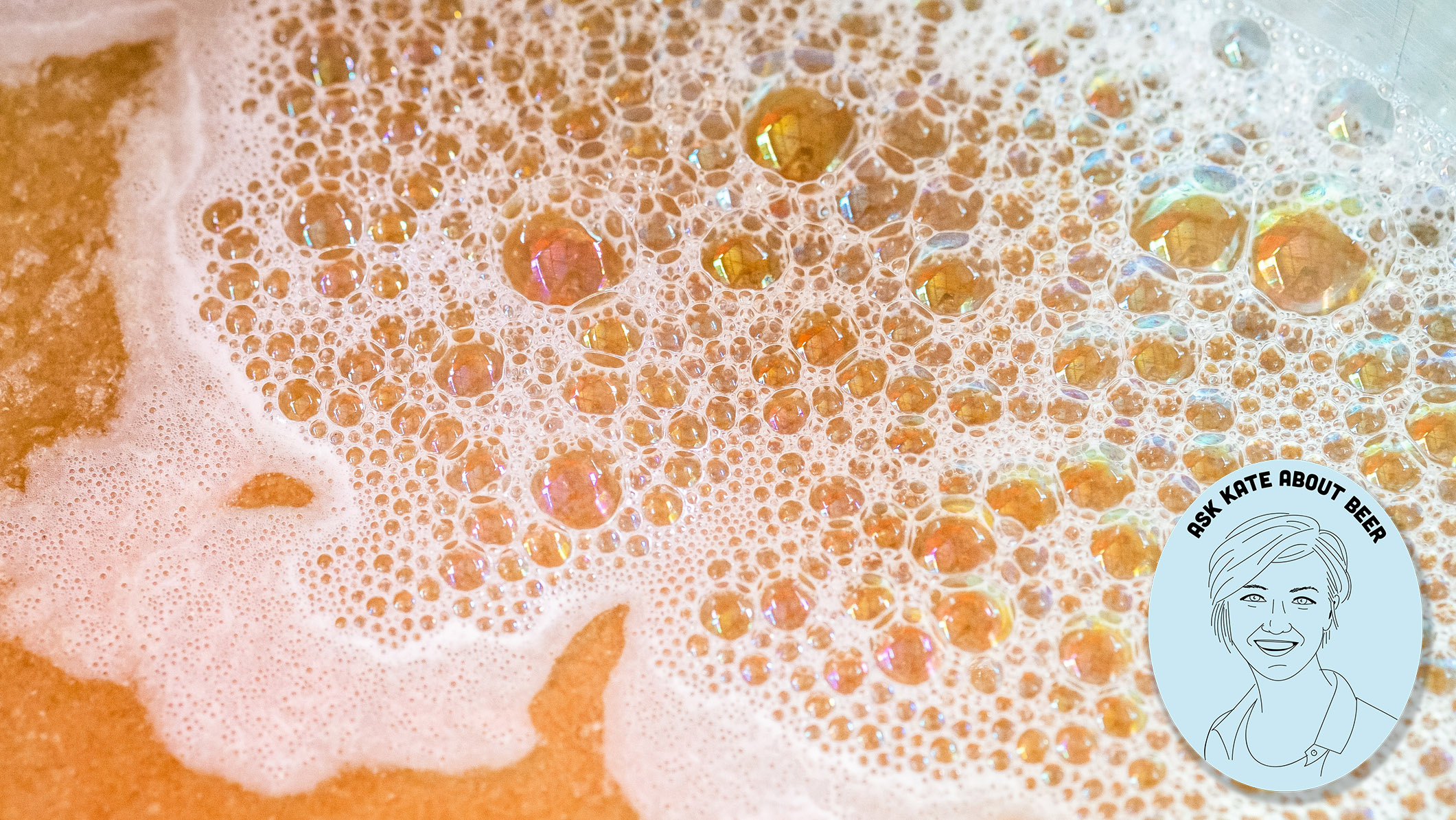Ask Kate About Beer: What Is Kveik Yeast?
Welcome to Ask Kate About Beer, in which The Takeout's resident beer expert answers everything you've ever wanted to know about beer but were too drunk to ask. Have a question? Shoot it to beer@thetakeout.com
First things first: Kveik is pronounced kvike, rhyming with bike. Kveik yeast, while it sounds foreign, is enjoying growing popularity among American brewers. It's even name-checked on a new IPA can called Kveik'n It Real from Comstock Park, Michigan's Perrin Brewing, which I'm sure has more than a few drinkers turning to Google. And rightfully so.
Kveik yeast was unknown to 99% of the world until just a few years ago, when everyone's favorite Norwegian farmhouse beer writer—what, you can't name at least four more?—Lars Marius Garshol began unravelling its mystery. On his website Larsblog, Garshol wrote a series of articles exposing this obscure Norwegian yeast for a larger audience. Most intriguing were drawings and photos of yeast logs or rings. These simple wooden instruments were like ant farms for yeast, where farmers and homebrewers—not professional brewers—would keep their yeast, rehydrating and awakening the little organisms when it was time to brew. They could also trade these, store them, and swap them among friends. Sure, jars work too, but are far less romantic. Imagine a sourdough starter; kveik yeast is roughly analogous.
Also intriguing were some of properties kveik yeast was said to have. It could reportedly ferment beer at widely varying temperatures, something few other yeasts can do. Most yeast prefer to do their work within a range of low or high temperatures; that's how we get the distinction between ales and lagers. But kveik was said to ferment beer even at high temperatures, quickly, with no strange off flavors. This yeast seemed to have great potential to speed up the brewing process.
Around 2015, Garshol's descriptions of kveik piqued the interest of Lance Shaner, owner of commercial yeast bank Omega Yeast, which sells yeast strains to homebrewers and professional brewers.
"We managed to get a hold of the kveik yeast from an English yeast bank and as soon as we got one, we did a split-batch fermentation, basically brewing the same wort in three batches, at 68ºF, 85ºF and one in the 90s," Shaner says. "We were instantly smitten. You really couldn't taste the different between the three beers, which would be unheard of with [a standard ale yeast strain]."
Fast forward four years, and Omega now sells three strains of kveik yeast that have become the company's second-most popular product, behind only the standard English ale yeast strain most breweries use. Shaner says kveik is almost indistinguishable from regular ale yeast in terms of the flavors it produces. Though it was originally harvested from Norwegian farmhouses, there's nothing farmhouse-y about it, especially compared to Belgian farmhouse yeast that can produce a range of flavors and aromas from clove to bubblegum to black peppercorn.
Brewers are mostly using the kveik yeast for IPAs, because they can ferment their beers quickly and without a lot of strange, undesirable flavors. Shaner says there's not much in terms of flavor that's vastly different from other strains, but there are other advantages.
"The benefit brewers get is speed but also being able to make a story; they're making beer in an unusual way and drinkers like to know these things."
Some brewers, though, are sounding a note of caution to their colleagues: To value kveik only for its speed and seemingly un-fuck-up-able nature risks losing its cultural significance and its unusual backstory.
"It's important that as we develop kveik into commercial use that it doesn't just become a number with statistics. There is so much culture involved in this yeast that, to me, it would be a shame if it only existed as a lab strain because we allowed the homebrewing culture to disappear," says Paul Arney, co-owner of The Ale Apothecary brewery in Bend, Oregon.
He warns that what was, and still is in some places, a homebrewing tool risks being commercialized, standardized, and stripped of its roots in Norwegian brewing traditions unless we respect its origins. What most impressed him as he learned about kveik and its history was how human's behavior—brewing beer—is intertwined with the yeast's survival.
"Kveik is one of the last remaining threads that allows us to actually touch and feel our deep brewing history," he says. "Using it solely for its performance without the culture would be pretty sad, in my opinion."
So next time you see a kveik-fermented beer, don't just appreciate it for the delicious beer it produced, but for the fact that it ties you to a homebrewer somewhere in the Norway countryside. How many yeast strains can say that?
